Five Fits With: Designer, YouTuber, and Model Avery Ginsberg
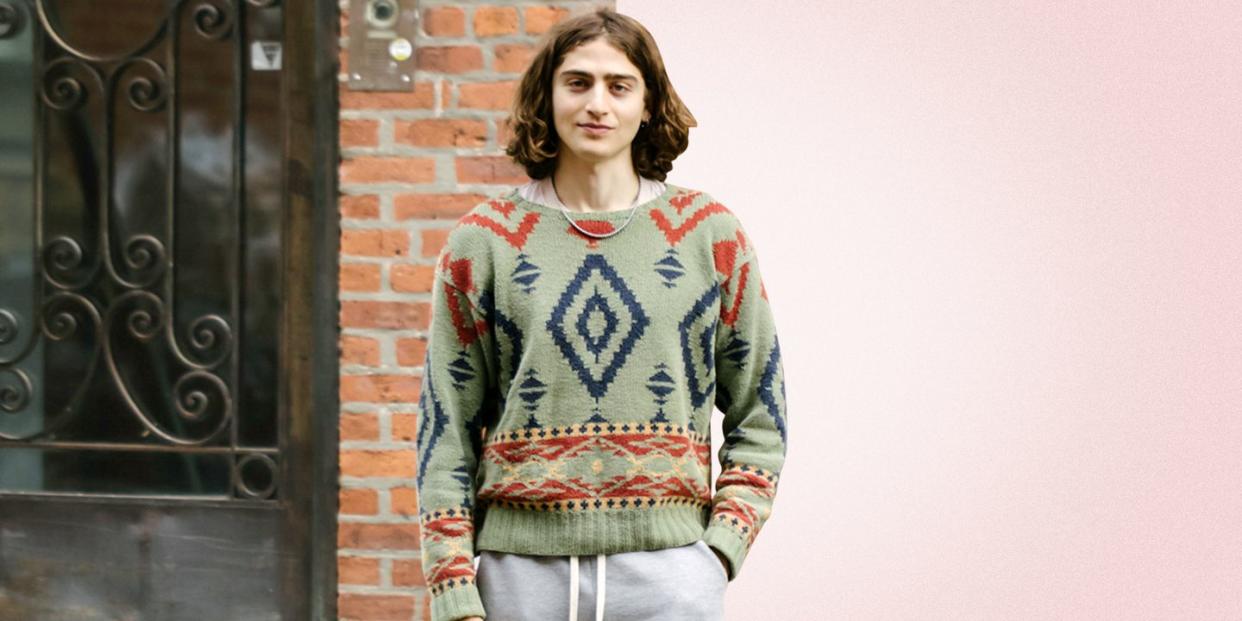
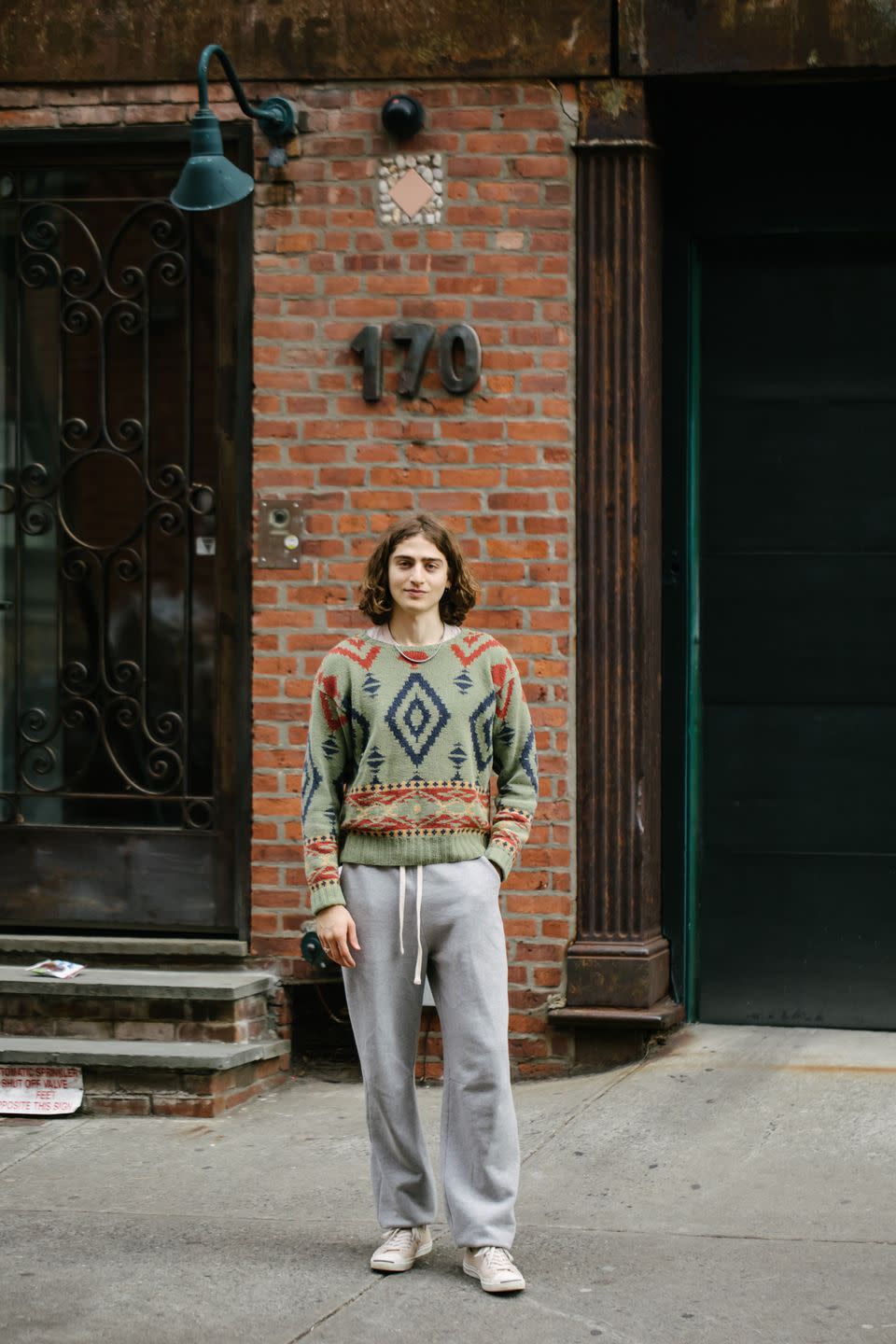
Maybe you know Avery Ginsberg from his YouTube channel, or perhaps you’ve come upon his brand Ground Cover. If you’re a vegan, or just someone who appreciates the aesthetic of good food, perhaps you know his recipe-sans-recipe account, songfromforestfloor. If none of these ring a bell, allow me to introduce you.
Ginsberg is a vegan. It's a core tenet of his brand, and therein his lifestyle. Full disclosure: I am not a vegan, but I am not beyond thinking it might time to rethink what we consider a balanced diet here in America. Many athletes, including a good deal of NBA players, have made the switch, citing better performance and higher energy levels. And if you want to see the planet better cared for, it's at least worth understanding the thought process behind the lifestyle.
But Ginsberg isn’t just a vegan. He’s a workhorse, too. While running his brand—that’s designing, handling production, handling marketing, and even shooting his own assets occasionally—he also successfully models. You can see him on Tom Ford’s site displaying the brand's new eyewear campaign. He is exceedingly kind, and there’s a magnetism to him that’s inescapable, in no small part thanks to that wide smile.
Ginsberg doesn’t buy new clothing often, so his sense of style is honed, and rather utilitarian. The fashion industry could use more people like him. In fact, we need new approaches to sourcing in totality, from actual fabric and materials to how we pay laborers for their time and skills, and these are a few of the many things Ginsberg thinks about when creating new products for Ground Cover.
We chatted over email about his path from designing shoes in the fifth grade to Ground Cover’s inception, what sustainability truly means (in philosophy and in practice), and juggling modeling and a successful brand at the same time.
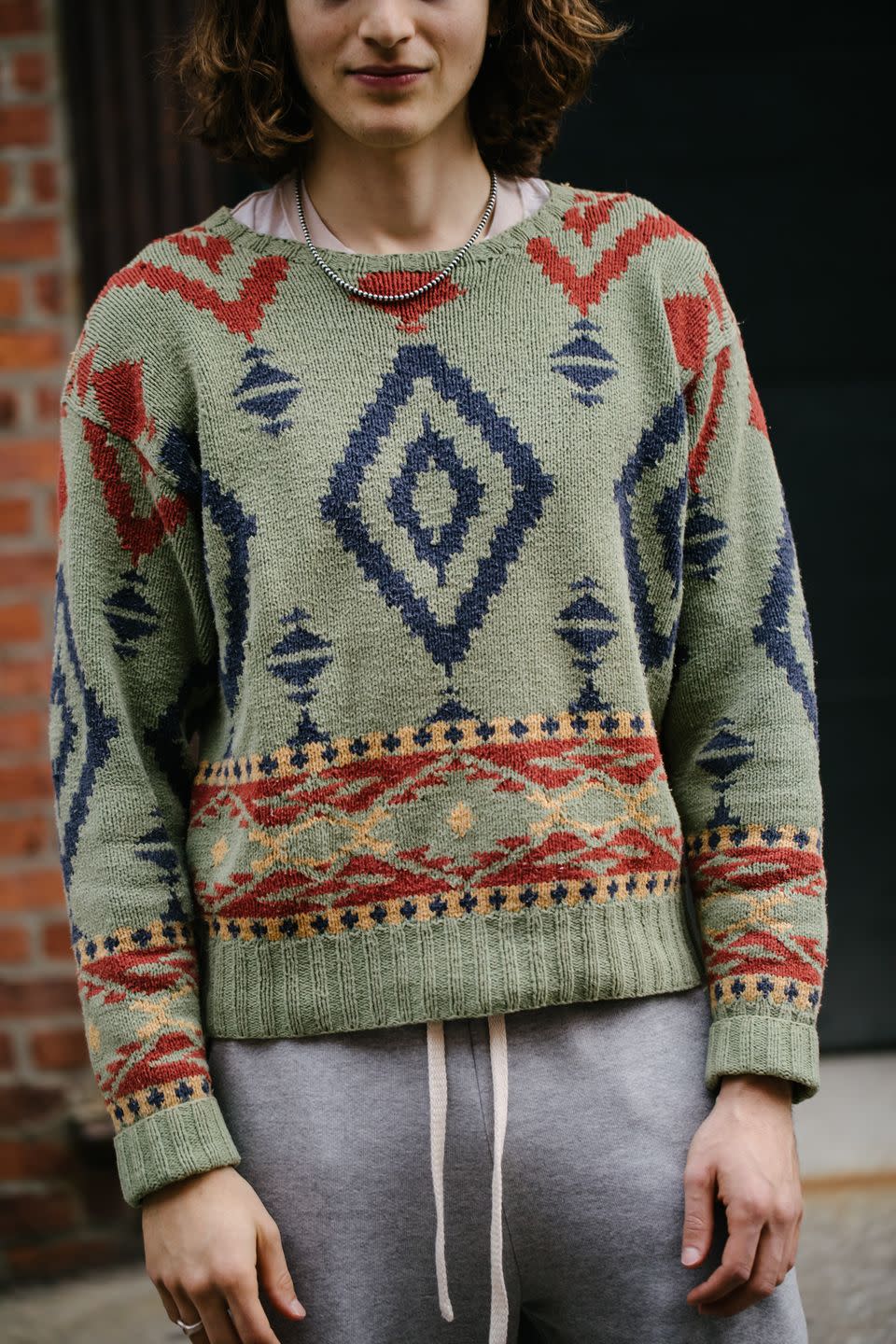
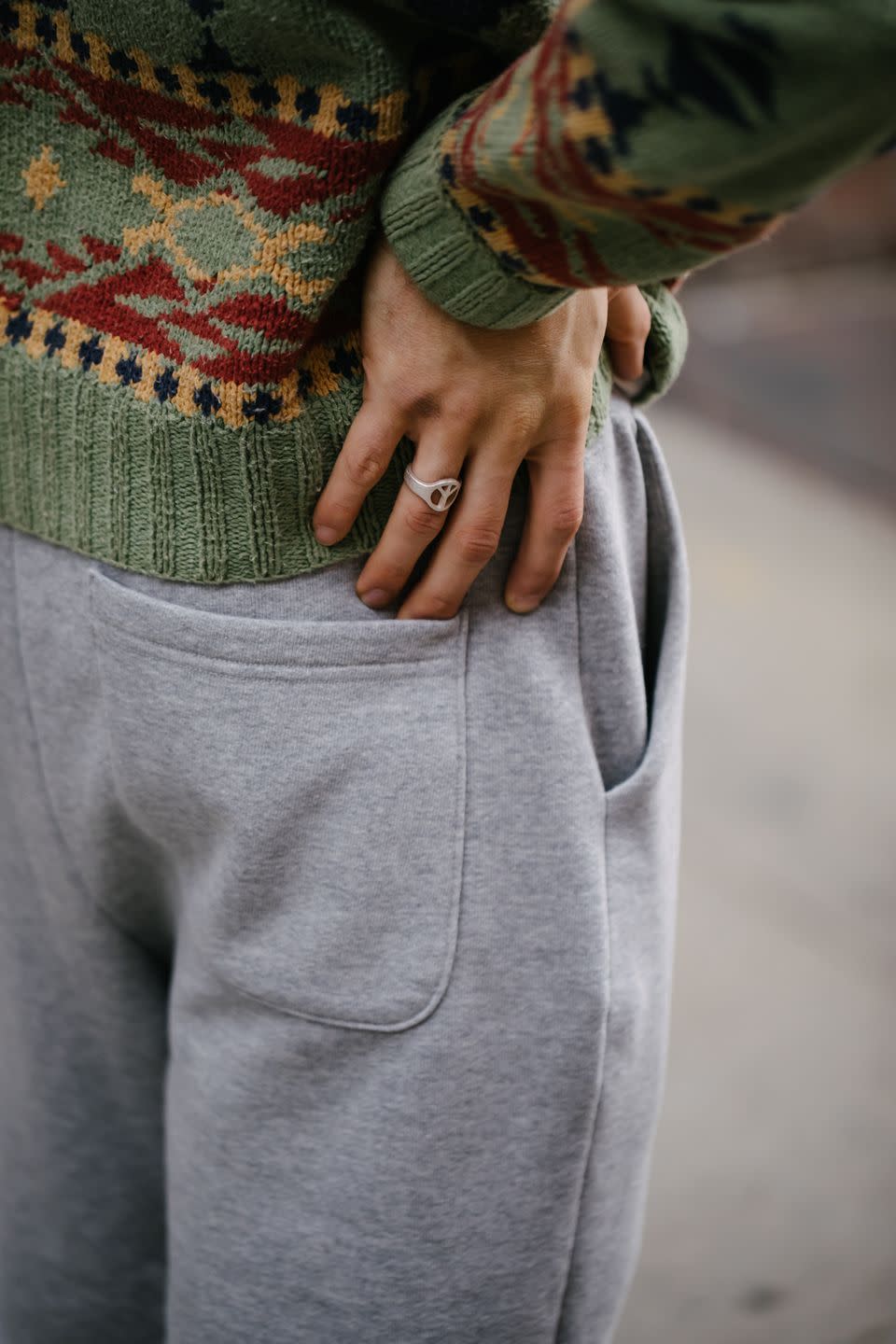
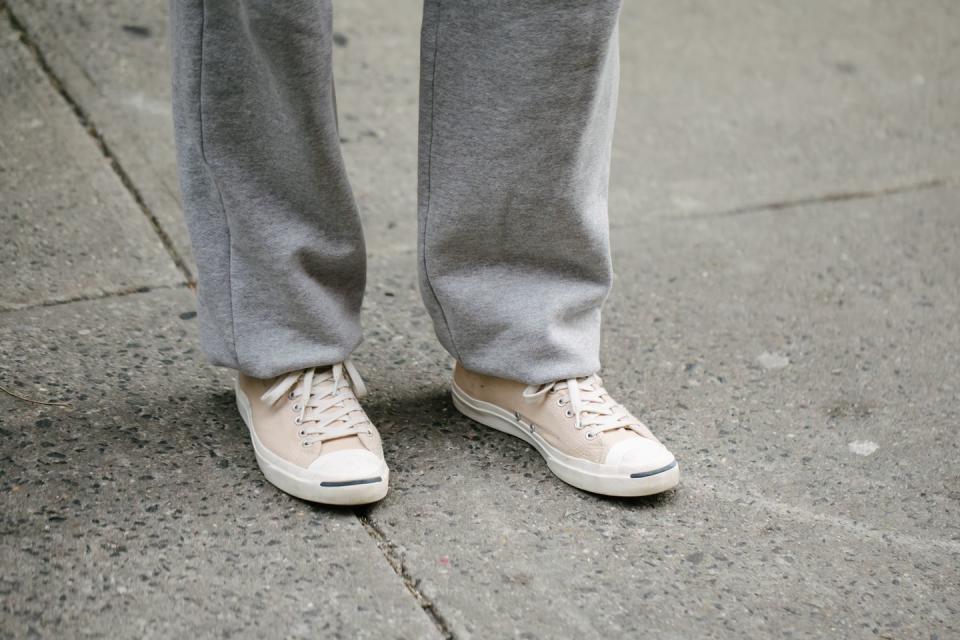
Let's start with your journey from Missouri to New York. How did you end up here, and what makes New York the place for you to set your businesses and career up?
For years, I never knew where I’d end up, and I was yearning for somewhere else to call home. At that point, the only certainty I had was that I wanted to leave Missouri. When I began designing clothes, the Garment District in NYC made sense for the business. From then, I was on and off in the city while studying, but now that I’m full time and able to be involved with the community, New York feels much more like home. It’s such a beautiful feeling.
Why did you begin Ground Cover and what are you hoping to achieve with the brand? What do you think is missing from the industry?
I started Ground Cover after failing to find good vegan boots. The drive was that simple, but it wouldn’t have added up without a few other things: sourcing the leather alternatives years prior, craving to make a good that relies on function rather than expression, and my own fascination in footwear from a young age. When we launched, I thought safety/work boots free from animal products were what was missing from the industry, but as I work towards that, I’m learning there’s way more Ground Cover should want to tackle.
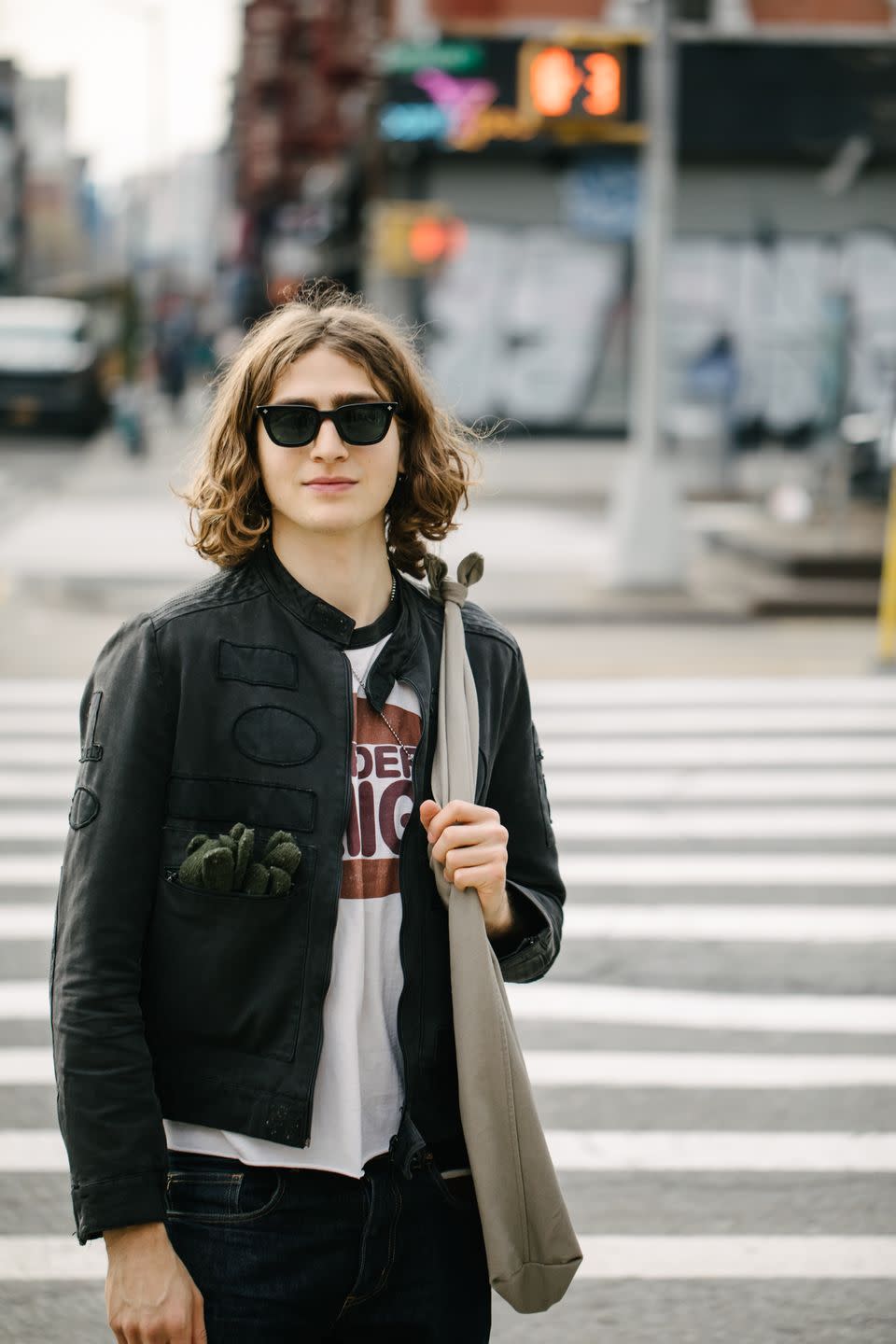
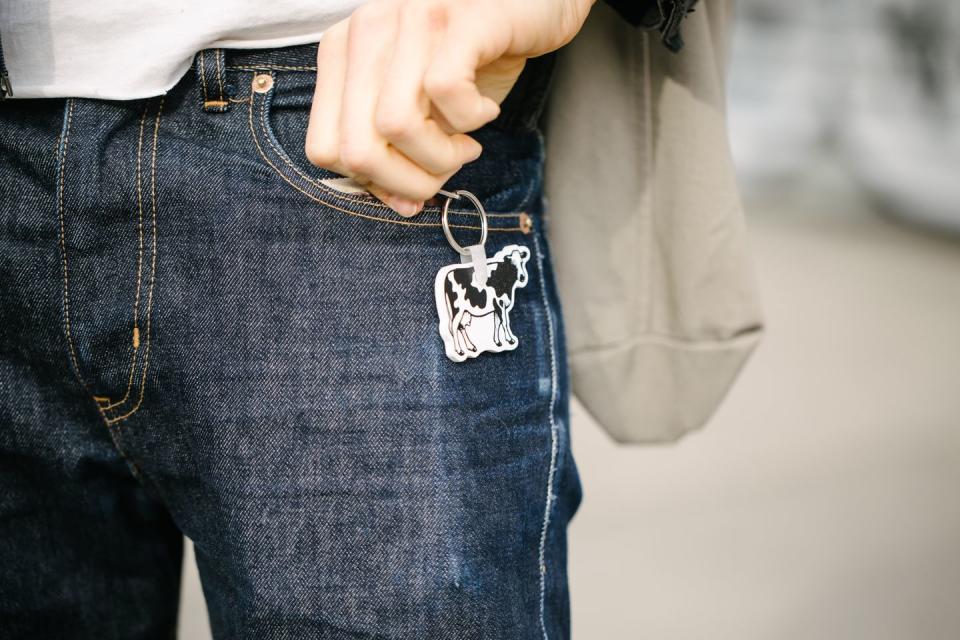
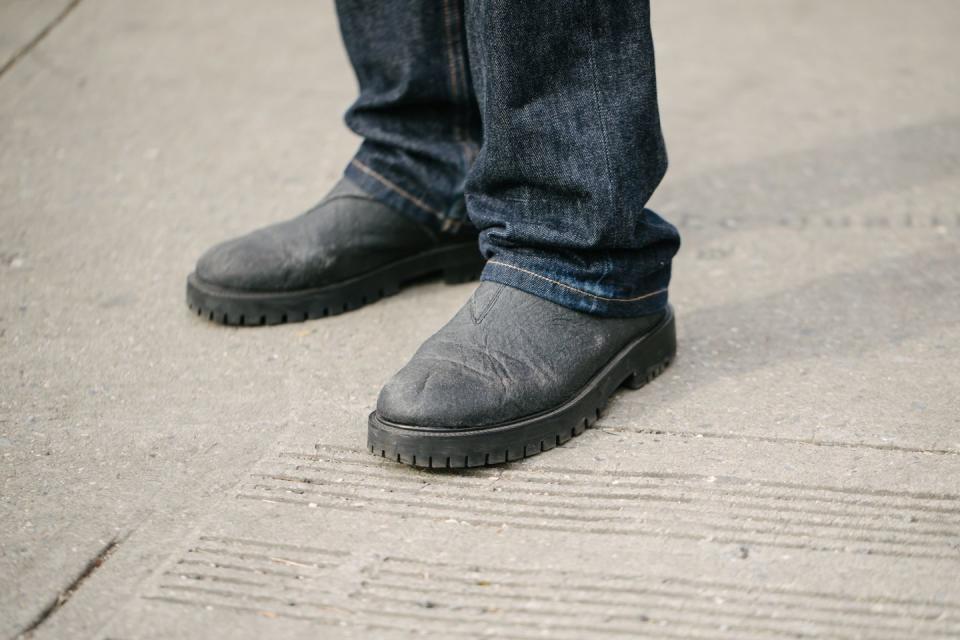
What does your fashion journey look like? How did you get into clothing and footwear, and how did you transition from appreciator to creator?
I was always doing something dumb and fashion-related in elementary school. There was a certain joy and spontaneity to it. I loved sketching shoes, writing letters to skate brands, and eventually painting my own. It was strange; I was dead set on becoming a shoe designer in fifth grade. Even at that age, I knew I wanted to make shoes, but I had no idea how. A decade passed, and I didn’t make the connection between myself as a designer then and now until long after I started making clothing. Returning to footwear definitely sparked that realization.
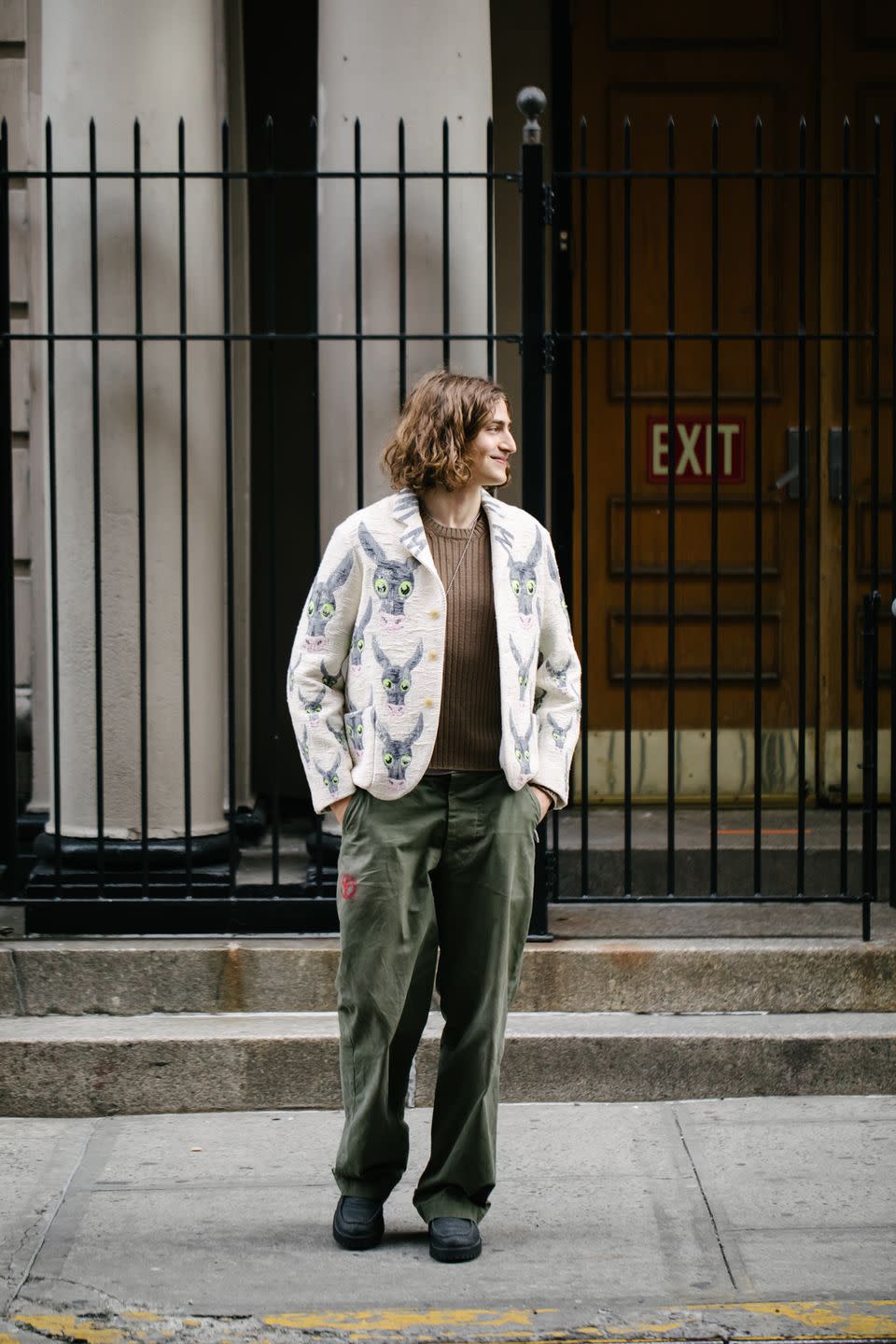
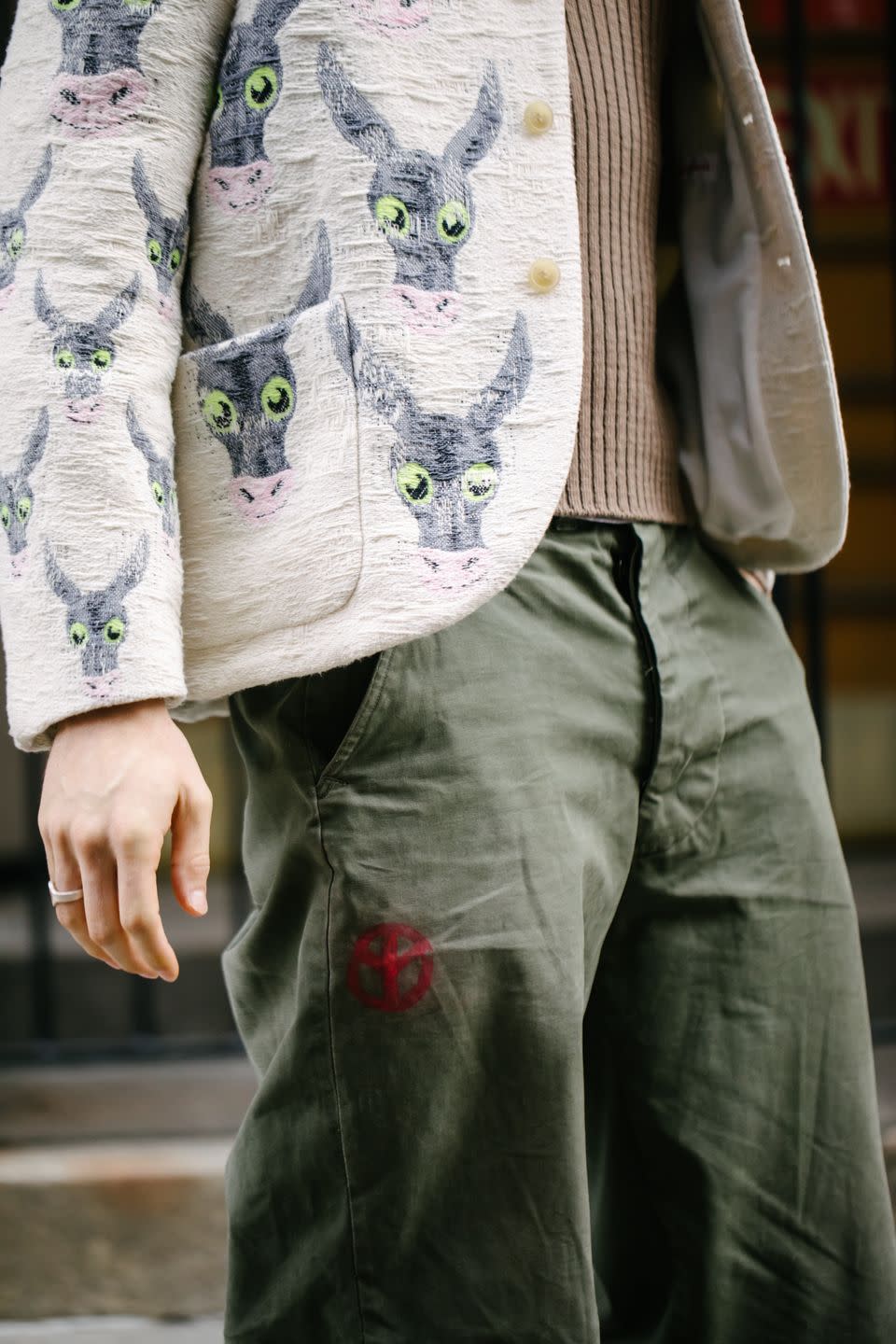
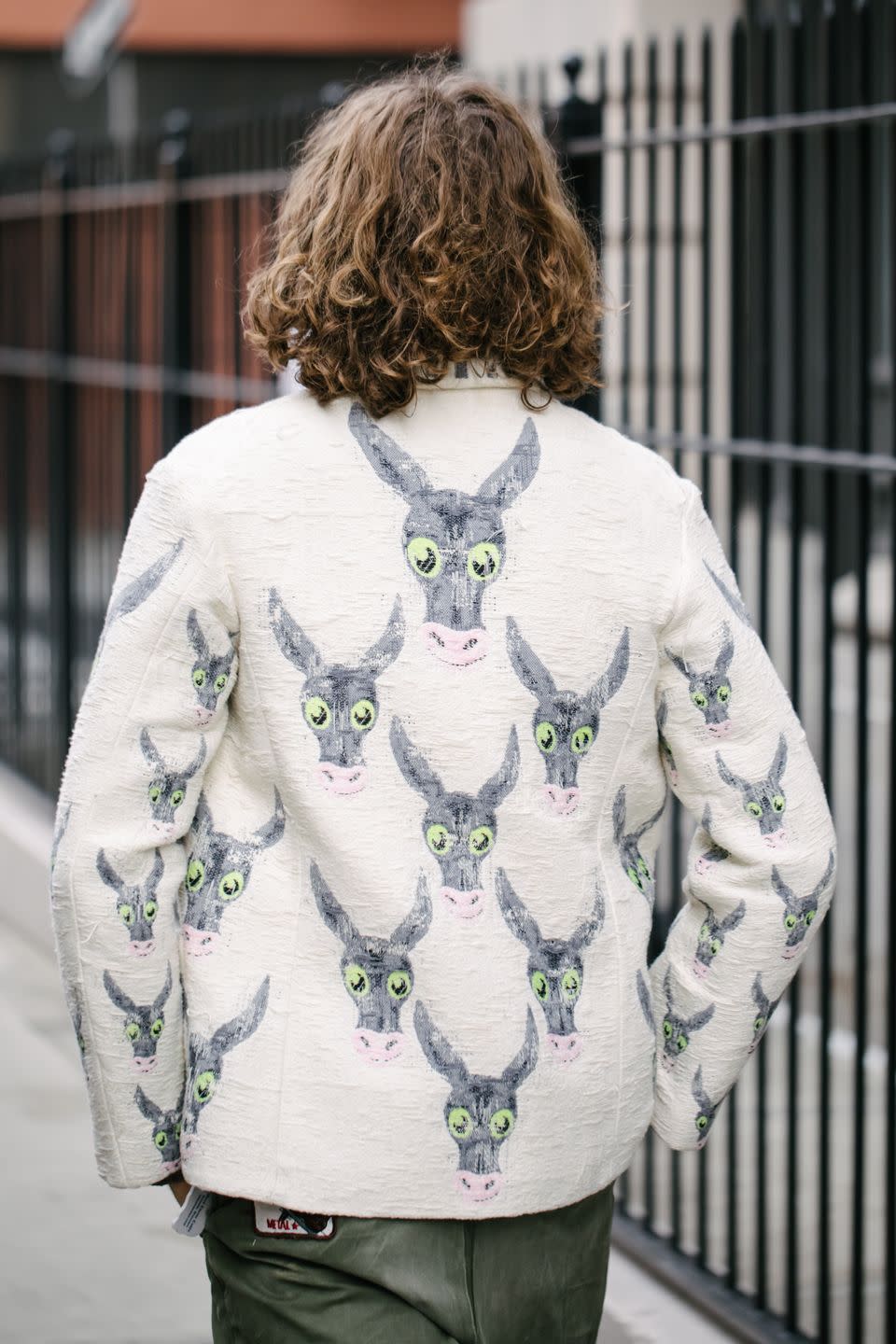
I suspect your journey as a vegan, and as a brand owner, has also changed your fashion tastes. Do you have any favorite brands, and if so, why are they favorites?
You’re dead on. The interesting thing is they grew alongside one another—both from a general curiosity and having the ability to ask more questions. Favorite brands is hilariously tough for me right now. For emotion, Ernest W. Baker. These two are such sweethearts creating clothing from a wonderful fever dream. I guess I’d just feel like myself in most of their work. For comfort, Cottle. They take things real slow, and do them right. For function, Outdoor Research. I have a few items (a lot for me) from OR for hiking, running, and snowboarding. It’s all built to last, there are interesting anatomical patterns, and a lot of their clothes use amazing earthy colors.
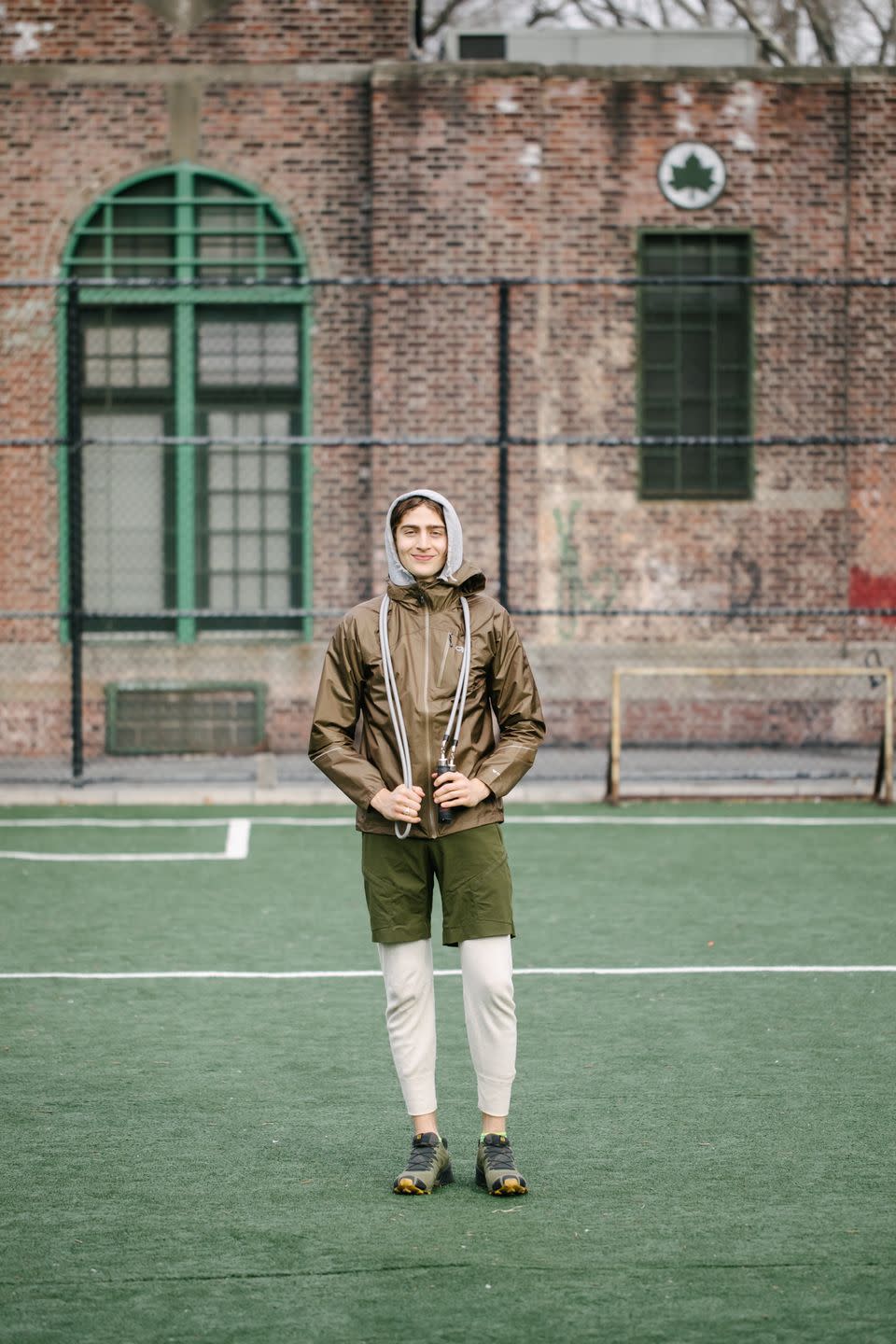
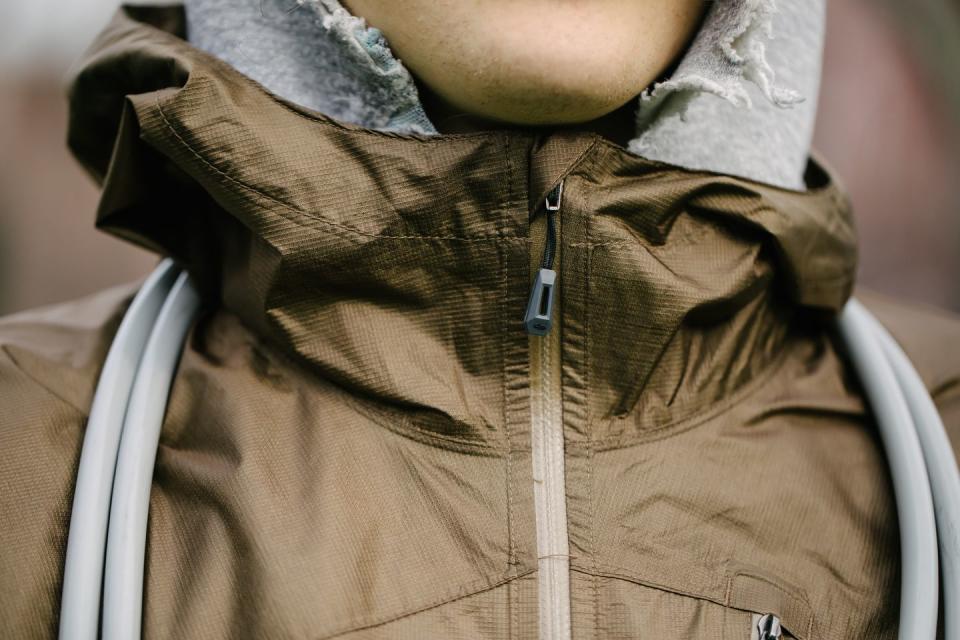

Sustainability has become quite the buzzword, and a lot of people are tapping its power without digging deeper into what it actually means. What does this word mean for you? What sorts of changes are you hoping to see in the fashion industry?
Sustainability is longevity in all aspects: product lifecycle, customer relationship, workers’ value of life, and so much more. When I apply it to Ground Cover, I think about designing a functional product and then sharing the entire story with the customer. That’s another key for me: How it’s made and how it will perform should be the selling point, not how many things are green on the website. Moving forward, I hope there is a continued embrace of secondhand, hyperlocal, and accessible responsibly made goods. And when new clothing is made, I hope it supports the mills, workers, and customers who need it the most.
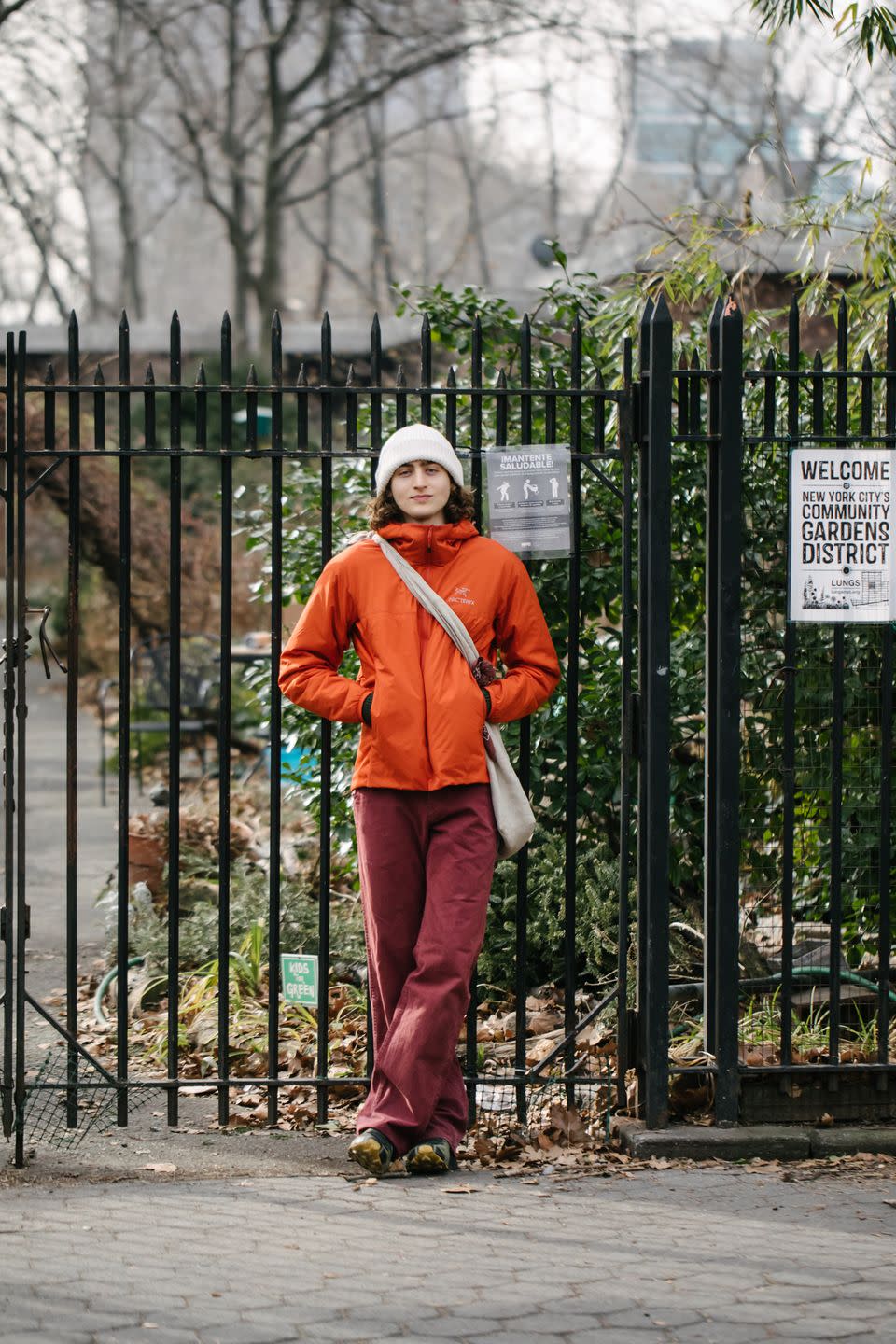
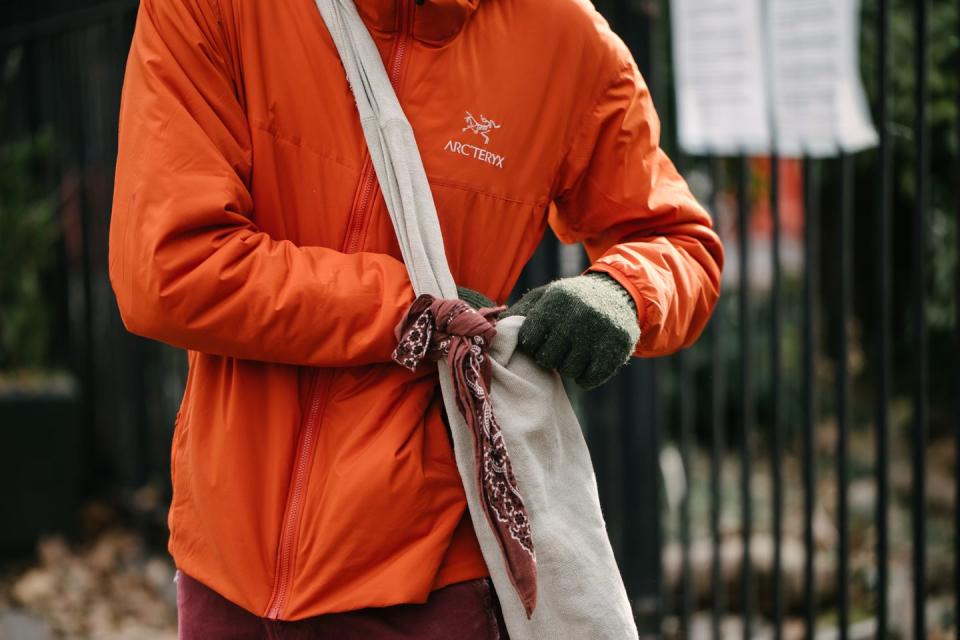
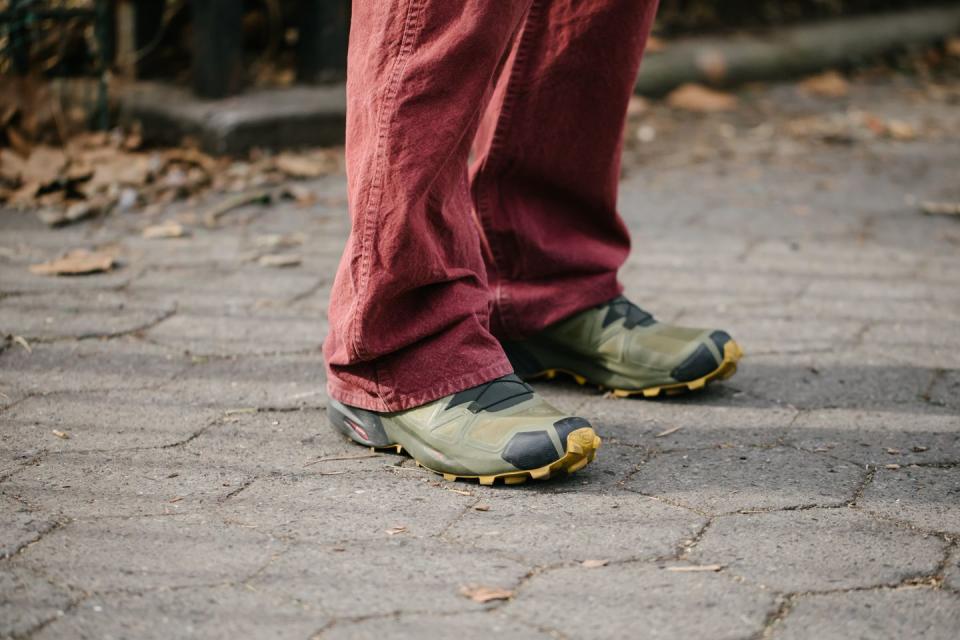
You've begun modeling, and in addition to running your own brand, I'm curious how you've found a balance in your work life. What tips do you have for dealing with stress, and for running one's own business?
Building a support network was crucial for me. It’s hard because it’s something that you need to work towards, and oftentimes, we don’t have that capacity. On top of that, I found it to be the main culprit of spiraling upward or downward. I would not be where I’m at mental health wise without the cherished ones in my life. Give yourself love, surround yourself with others who want to see you grow, and then find others who need the same opportunity.
You Might Also Like

